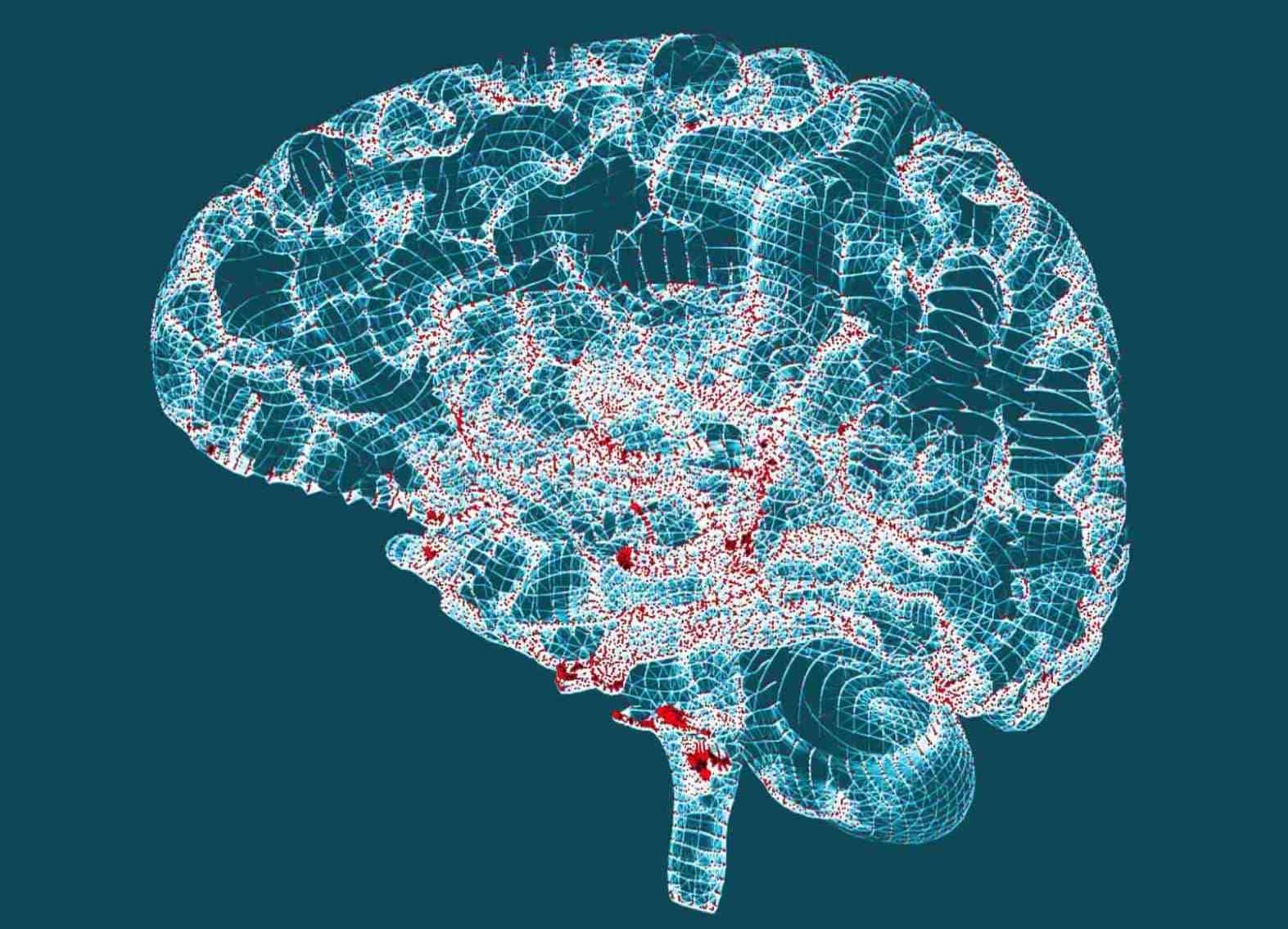
Researchers from the French National Institute of Health and Medical Research, the French National Center for Scientific Research and the University of Bordeaux in France, along with Swiss researchers and neurosurgeons, have successfully designed and tested a spinal stimulation implant to treat Parkinson’s disease.
Conducted in collaboration with the Swiss Federal Institute of Technology in Lausanne and the Lausanne university and hospital (UNIL CHUV), the implant was tested to correct disabling gait disorders, which are associated with 90% of people living with advanced Parkinson’s and are often resistant to treatment.
Parkinson’s disease is a neurodegenerative condition which progressively damages and leads to a loss of nerve cells in parts of the brain.
Gait disorders are commonly caused by weakness of the hip and lower extremity muscles, such as cerebral palsy, muscular dystrophy and spinal muscular dystrophy.
The implant directly stimulates nerve cells in the spinal cord responsible for controlling leg movement, as an alternative to deep brain stimulation, the standard surgical option to change electrical signals in the brain that cause symptoms of Parkinson’s.
After developing the spinal implant on primates, researchers carried out a surgery on 62-year-old Marc Gauthier, from France, which involved carefully imaging the spine with scans to determine an optimal site to implant electrodes.
The electrodes were then able to deliver electrical pulses to activate and control leg movement and external sensors successfully sensed the body’s intention to move, triggering the electrical impulse to the spine and providing feedback to control this movement.
After living with Parkinson’s for 30 years, Gauthier explained that navigating movement in his legs was challenging for him.
Since the surgery, Gauthier’s gait looks virtually normal when the device is switched on, along with his ability to walk.
The study requires further investigation of people living with Parkinson’s to assure that the surgery is safe and can produce the same positive results.
Professor David Dexter, director of research at Parkinson’s UK, said “this is a significant and exciting step forward” for Parkinson’s and “could be a game-changing technology to help restore movement in people with advanced Parkinson’s where the drugs are no longer working well”.




